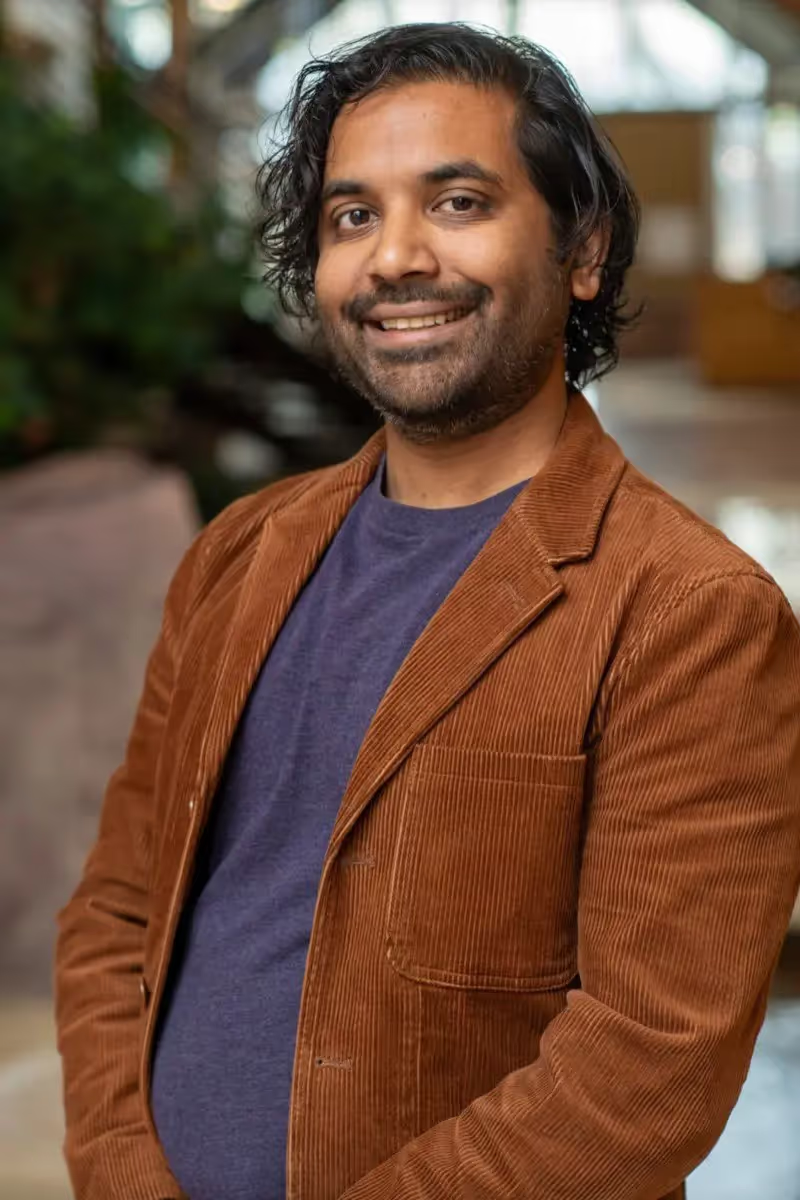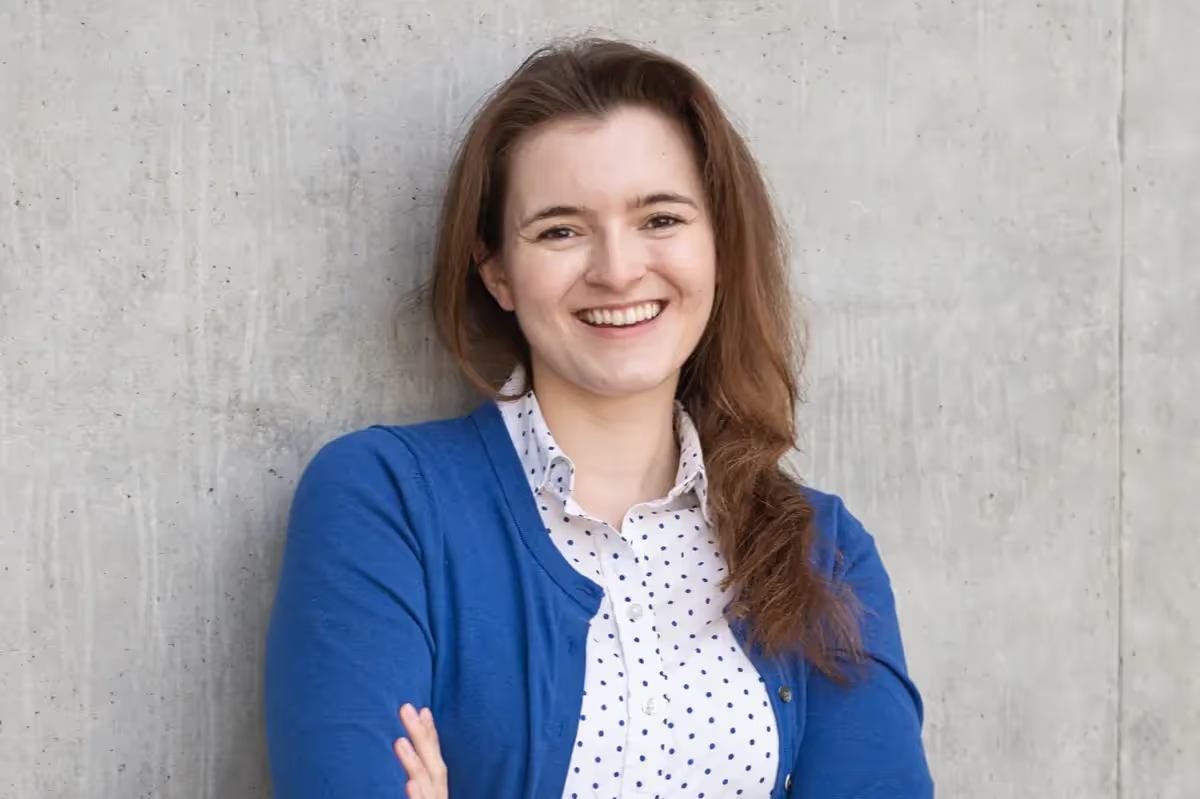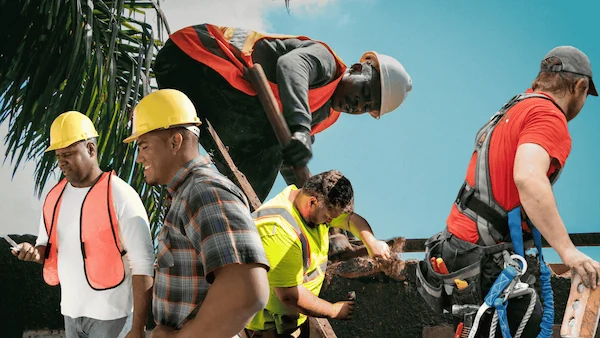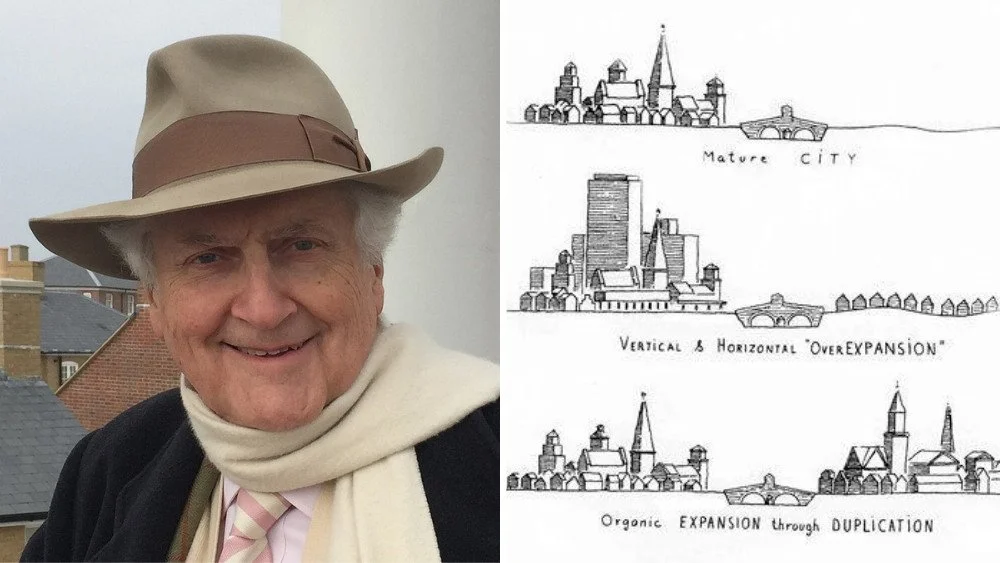Editor's Note: The challenges our cities face are growing, but so is the strength of this movement. Every story we share, every idea we spread, and every tool we build exists because people like you are committed to showing up. Your membership isn’t passive—it’s the momentum that makes change possible.
“The most powerful thing a strong citizen can do is use their time at the microphone to highlight the things that make their community special,” says Edward Erfurt, Strong Towns’ Chief Technical Advisor.
But what happens when that microphone becomes a newspaper column? When instead of a few minutes at a council meeting, you have a few hundred words and a whole city’s attention? That’s the opportunity a local op-ed creates. And Strong Towns advocates across the country are seizing it.
Writing in a local paper might seem old-school in the era of social media, but its impact can’t be overstated. Local news is still one of the few places where civic conversations are grounded in a shared geography. When your words land in the pages of a hometown paper—read by neighbors, elected officials, and decision-makers—they carry real weight. They can shift narratives, challenge assumptions, and spark the kind of conversations that change communities.
“May My Children Want—and Be Able—to Live Here”

Shakeel Dalal, the founder of LAUNCH Longmont Housing, an advocacy group in Colorado, used the op-ed page to paint a vision of a hometown that works for everyone. In The Longmont Times-Call, Dalal writes:
“I hope for a future where my kids not only want to stay here after they grow up, but can afford to. Where longtime residents don't feel squeezed out by rising costs. Where our local businesses thrive and contribute to our unique identity. Where we preserve what's special about Longmont while making it work better for everyone.”
Dalal doesn’t stop at vision—he offers concrete policies. Legalize townhomes, duplexes, and fourplexes. Allow neighborhood businesses like corner stores and clinics. Invest in safe infrastructure for people walking and biking. These aren’t just wishlist items; they’re rooted in a Strong Towns approach to resilience: small-scale, incremental, and deeply local.
He framed it best in a Boulder Weekly interview: “Resilience is the ability to adapt to change. Change will happen no matter what. If we want to be resilient, we should look at these things that are going to change and say, ‘How can we use this thing that is changing in order to further our goals?’”
A Stronger Norwalk, One Home at a Time
On the East Coast, Thomas Blyth is helping lead the conversation in Norwalk, Connecticut. His op-ed in Nancy on Norwalk laid out both the city’s housing struggles and a clear, actionable roadmap forward. Grounded in the Strong Towns Housing-Ready Toolkit, Blyth’s piece was a call to action: legalize small-scale homes, reform outdated zoning, and make room for Norwalkers at every stage of life.
Subsidies alone won’t fix the problem of affordability, he underscores. “Income-restricted units are critical lifelines for our most vulnerable,” he writes, “but the prevalence of need suggests a broader problem.” In other words, if subsidies are our only tool, then the system itself is misaligned.
That’s why he calls for more “lowercase-a” affordable housing—homes that are modest by design, not just made affordable through government programs. Think smaller houses, duplexes, ADUs, and cottage courts. These kinds of homes were once a staple in New England towns and allowed working- and middle-class families to live affordably. Restoring the ability to build them today is more than good policy—it’s a path to economic resilience.
Bringing Back the Missing Middle—in Policy and Practice

Meanwhile, in Illinois, the team behind Strong Towns Chicago is pushing hard to re-legalize housing types that once served working families across the state: ADUs, duplexes, and four-flats. In an op-ed co-authored by Strong Towns member Chloe Groome, David Alvarado, and Drake Warren, the group makes a clear case for two key bills: HB1813 (to allow ADUs) and HB1814 (to allow small multi-family housing).
“It’s past time to re-legalize ADUs and two- to four-flats throughout the state,” they write. “This scarcity has made it harder for couples to start families, for college graduates to begin their careers and for working class households to stay near jobs due to rapidly rising rents and property taxes.”
It’s a statewide push with deeply local roots. Their op-ed speaks to family budgets, housing choice, and the need for homes that work for real people—not just developers or investors.
Loving Your Neighborhood Means Welcoming Others
And in Albuquerque, New Mexico, Jordon McConnell made a heartfelt case for welcoming more neighbors.
“I love my neighborhood. That’s why I want more people to live here,” he wrote in the Albuquerque Journal. “Legalizing more housing options doesn’t mean bulldozing neighborhoods. It simply means allowing more kinds of homes in more places. That means young people who want to stay in Albuquerque can afford to do so. It means seniors looking to downsize don’t have to leave their community. It means families struggling with high housing costs might finally catch a break.”
McConnell’s essay captures a core Strong Towns principle: we build strong places by making room for others. Not by freezing neighborhoods in amber, but by letting them grow, adapt, and respond to the needs of the people who currently live there—and those who want to.
It’s Time to Start the Conversation
An op-ed isn’t just a personal essay—it’s a public invitation, a way to say: here’s what we could build together. In Norwalk, Blyth’s piece got people talking—online and off. (Check the comments!) In Albuquerque, McConnell’s writing drew a wave of support and gave fellow advocates something to rally behind.
This is what bottom-up change looks like: everyday people, writing and organizing to make their places stronger—with the right tools and a community behind them.
You don’t need to be an expert to make your town better. But you do need support. Strong Towns members get access to campaign-tested resources, live conversations with advocates who’ve led real change, and step-by-step guidance for turning good ideas into lasting impact.





.webp)